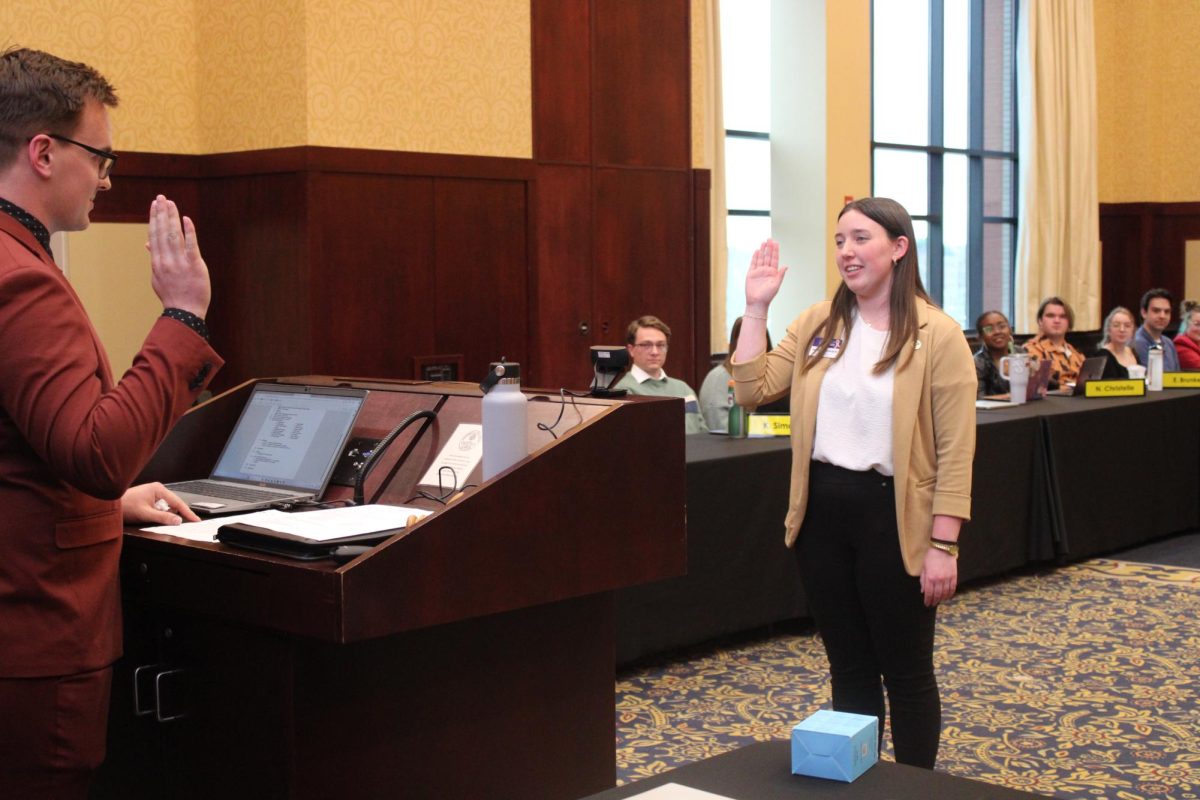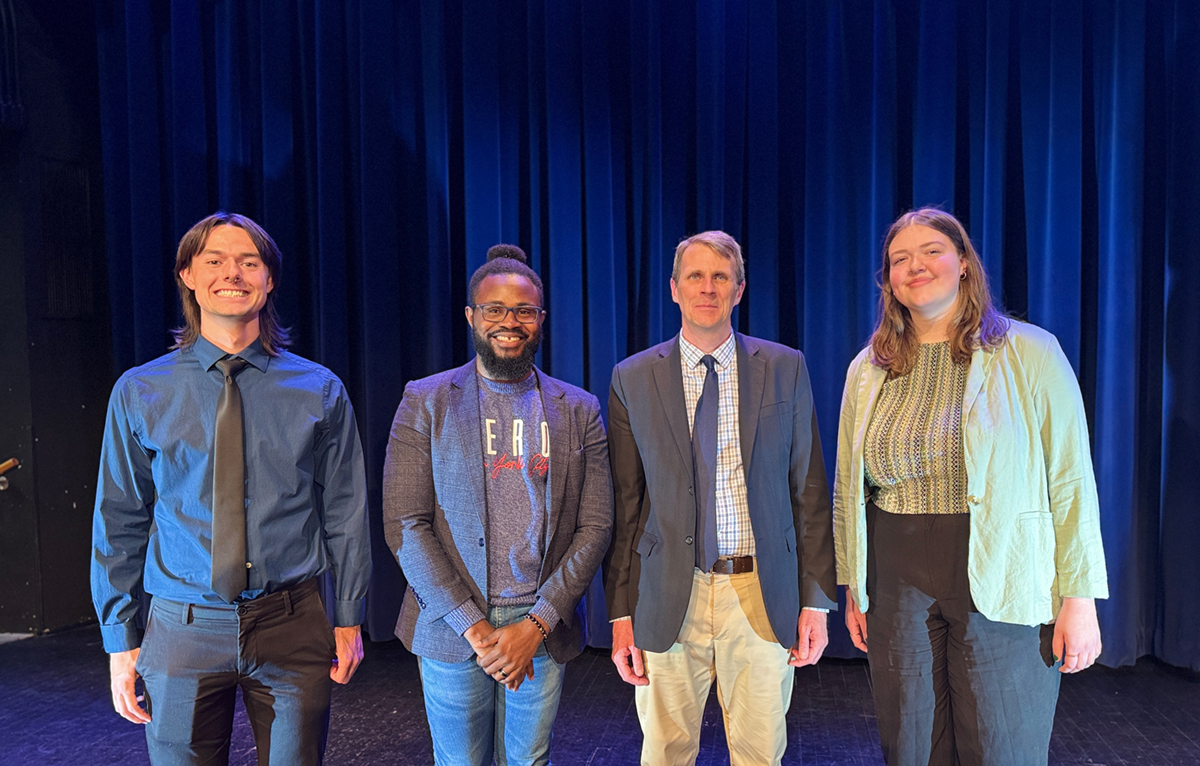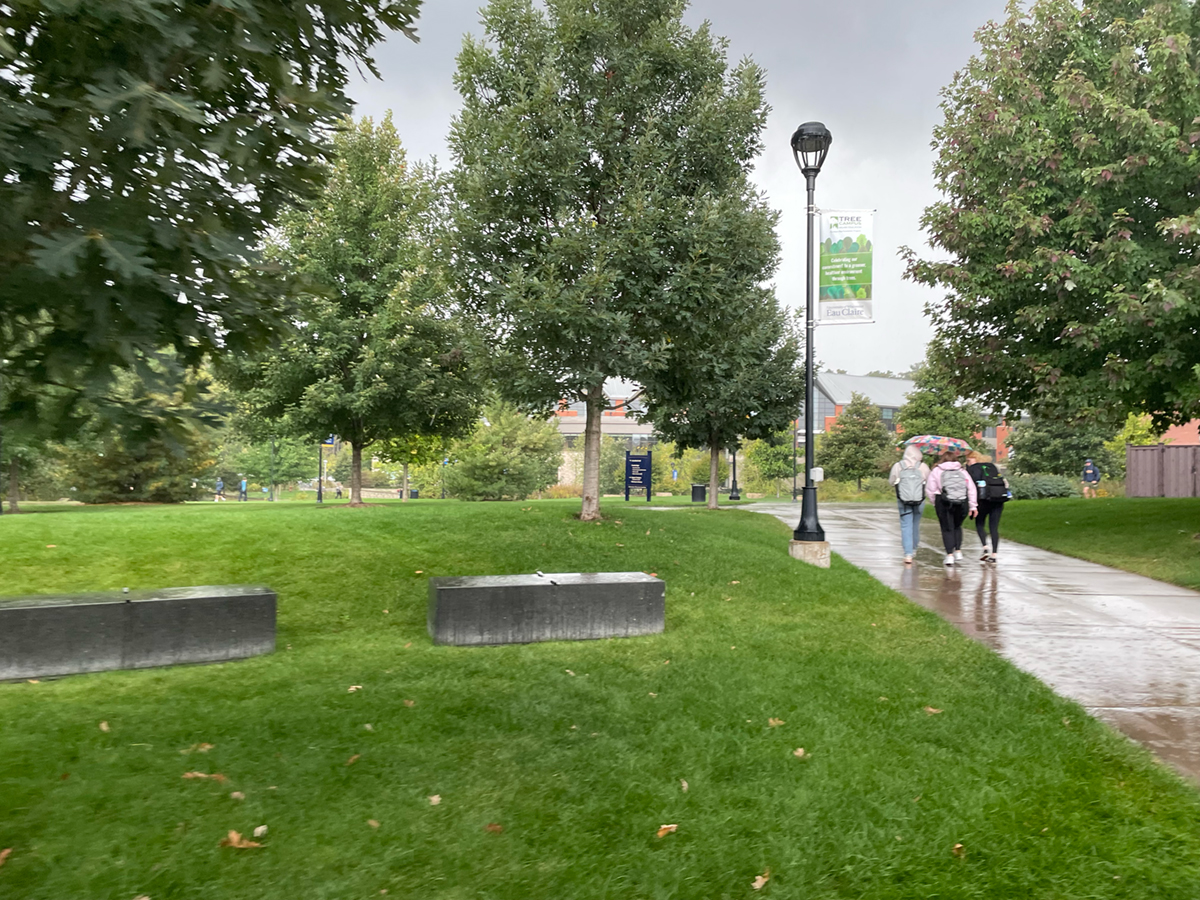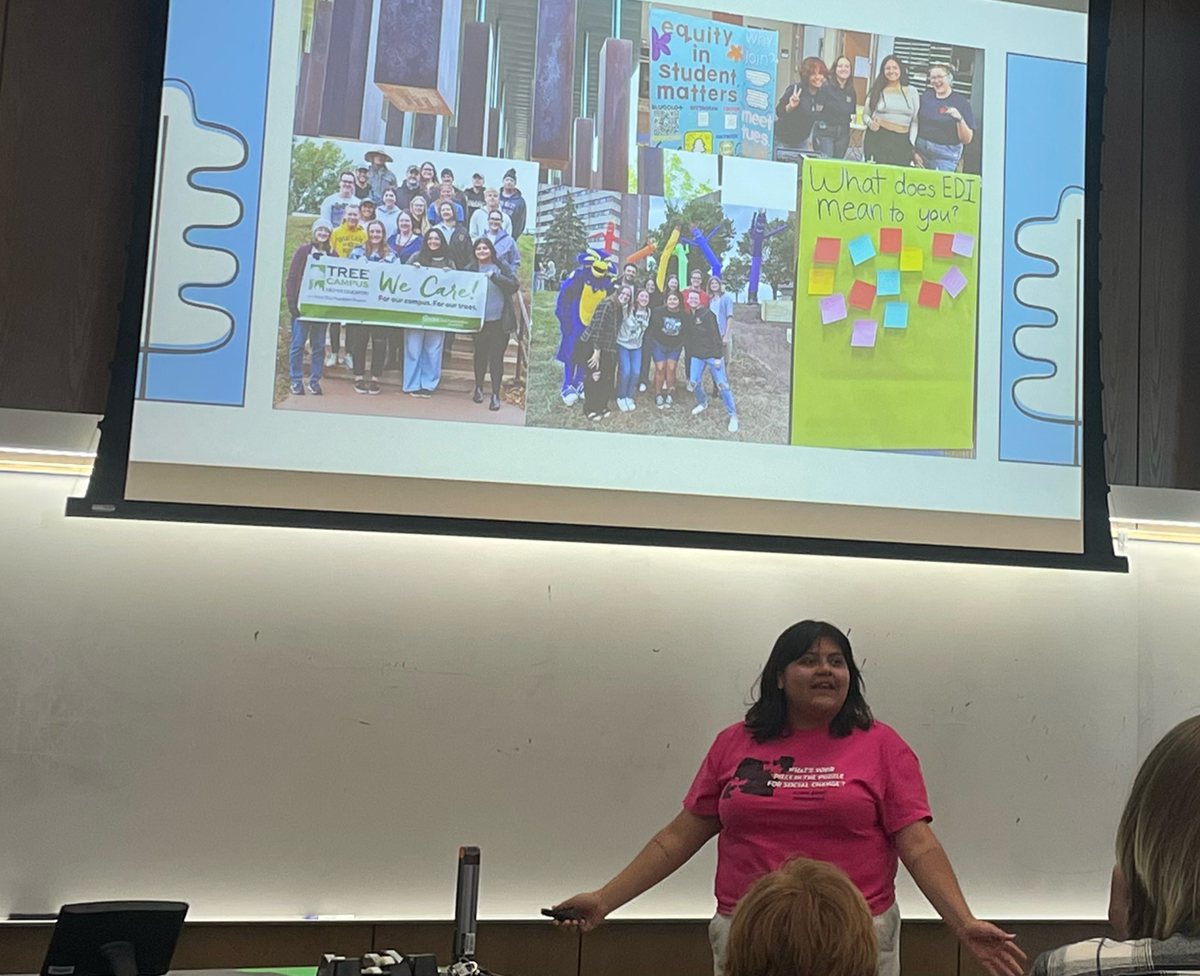Home is where kids are supposed to feel safe. They are with their family and away from the bullies at school.
Or are they?
Justin Patchin, assistant professor of political science at UW-Eau Claire and Sameer Hinduja from Florida Atlantic University are conducting research on cyber bullying. Junior Adam Hinz is their student research assistant.
According to the About Kids Health Web site, cyber bullying is “intentional harassment that occurs through electronic media.”
Patchin and Hinduja posted a survey about cyber bullying from Dec. 22 to Jan. 22, Hinz said.
“It had a wide range of questions, from kids’ experiences online, how long they spend (online), what they did and experiences with being harassed,” he said.
The survey also asked questions to those who bully in order to determine their motives, he said.
“We received roughly 6,000 (responses),” Hinz said. “Respondents (ranged) from early elementary school ages to their 30s.”
The target population was individuals under 18 years of age, Hinz said.
“We used only the sample of respondents under 18, which was around 1,400,” he said of the study’s findings.
Several Web sites speculated to be frequented by children also posted the survey, which includes sites on Harry Potter, Orlando Bloom and Avril Lavigne, he said.
Hinz said they also need to go into schools to conduct surveys with students so they can conduct random sampling.
This is one of the threats to the outside factors of the study, he said.
The traditional stereotype image is the male schoolyard bully, he said, but the study proved to show otherwise. Online, girls were slightly more likely than boys to engage in cyber bullying, he said.
This is very different from traditional bullying, which is a male-dominated form of aggression, Hinz said.
The study also found bullied kids online were the same kids who were being bullied at school, he said.
“We need more analysis to find out their characteristics which cause people to (bully) them,” Hinz said.
The About Kids Health Web site reported that Bill Belsey, an education consultant and bullying expert from Alberta, Canada, said, “cyber-bullying is worse than schoolyard bullying because it cannot be escaped.”
The findings show that cyber-bullying victims feel affected at home, in peer relationships and at school, Hinz said.
CBS News did a segment on “The Early Show” revolving around cyber bullying March 25.
CBS revealed a recent study that discovered around 40 percent of students claimed to have been victims of cyber bullying.
One 15-year-old girl said she received hundreds of e-mails full of hateful messages from a former friend.
Other adolescents cannot overcome the depression from never-ending teasing.
In Vermont, 13-year-old Ryan Halligan committed suicide after months of constant teasing from classmates.
CBS said Ryan’s father, John Halligan, decided to go into his son’s e-mail accounts after his death to see what pushed him over the edge.
“It was the most painful reading that I ever had to do in my entire life,” he said on “The Early Show.” “My heart just broke a thousand times over every conversation that I read.”
The CBS Web site reports that Ron Anderson, the vice president of Connect With Kids – an organization that works with schools and families to prevent cyber bullying – said this is a very large problem.
“Bullying is one of the top things we see around the country, and cyber-bullying is the fastest component of bullying,” he said to “The Early Show” co-anchor Hannah Storm. “We see it all over the place, but particularly in middle school. Adolescents are very vulnerable to this, particularly among girls.”
Junior Brae Weber said she doesn’t personally know of anyone who has been affected by cyber bullying.
“I’ve never even heard of (cyber bullying),” she said. “People don’t realize it’s a problem and we need to look into it.”
Hinz said the media are beginning to draw the problem out into the public’s eye.
TIME and People magazines have written articles and the Lifetime movie network did a movie about it, but there isn’t a lot of scientific research on it, Hinz said.
“Researchers, parents, teachers and school liaison officers need to recognize the prevalence and effects of cyber bullying,” he said. “We hope that his topic will be given serious consideration – unlike traditional bullying, which took several generations to be recognized as a serious problem.
“It’s an up-and-coming topic,” he said.






